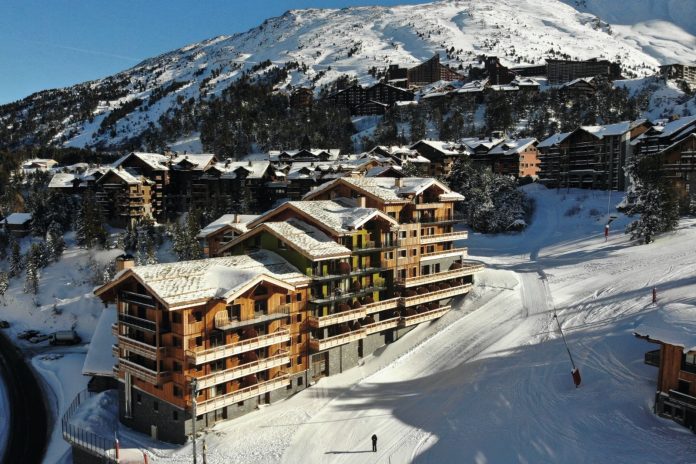1. Apples and Pears, UK
The image of orchards laden with fruit in late summer is central to our idea of the British countryside, and our association with apples and pears goes back millennia. When the Romans came to Britain, they’d have encountered tiny, sour wild apples and the endemic wild pear. Fortunately, they brought with them sweeter, bigger, cultivated versions of both fruits.
Apple production continued after the fall of the Roman Empire, with the Normans bringing new varieties to these shores and Henry VIII establishing his own orchards in Kent, but it was the Victorians who really ramped things up, growing almost 2,000 varieties.
The UK’s National Fruit Collection today contains 2,131 varieties of apple and 523 of pear, yet 80% of the UK’s small orchards have been lost since 1900 and we import over 400,000 tonnes of apples a year — about 60% of what we consume. Isaac Newton found inspiration after being hit by a lovely, but almost forgotten variety, the Flower of Kent — but you won’t find it in our supermarkets, which sell a narrow selection, with Royal Gala taking just over
a quarter of market share, followed by Pink Lady — an apple traditionally imported that’s now being grown in Kent, with the first homegrown crop going on sale earlier this year. With pears, we eat an even narrower selection, mainly Conference. That said, you’ll find more options in a good greengrocer or veg box.
As for how we consume them, they’re still mostly snacked on in their unadulterated state, although apples remain popular in desserts like pies, crumbles, apple cake (especially in the South West) and apple charlotte (a bread and fruit pudding), while pears are eaten with cheese, in chutney and poached. Both fruits are also drunk — the UK is the world’s largest cider market (it’s what half our apples are grown for). Perry, or pear cider, production is on a smaller scale, the most famous example being Babycham.
Both are in season from August to November, and if picking your own, take note: a ripe apple should come from the tree with a gentle twist. If you need to tug, or if the pips are green, it’s not ripe; pears should be picked just before they’re ripe and given a week to sweeten up.
You’ll find apples and cider on the bill at most autumnal food festivals in the UK, although dedicated pomologists should look out for Big Apple events, which run in spring and autumn on picturesque Marcle Ridge in Herefordshire. Visitors are shipped between blossom- or fruit-filled orchards in a trailer hitched to a tractor. In addition, the UK’s national Apple Day is traditionally 21 October, with dozens of local events held on and around the day. Pears are harder to find, but Brogdale Farm, in Kent, is open for orchard days and pick-your-own in September and October.

